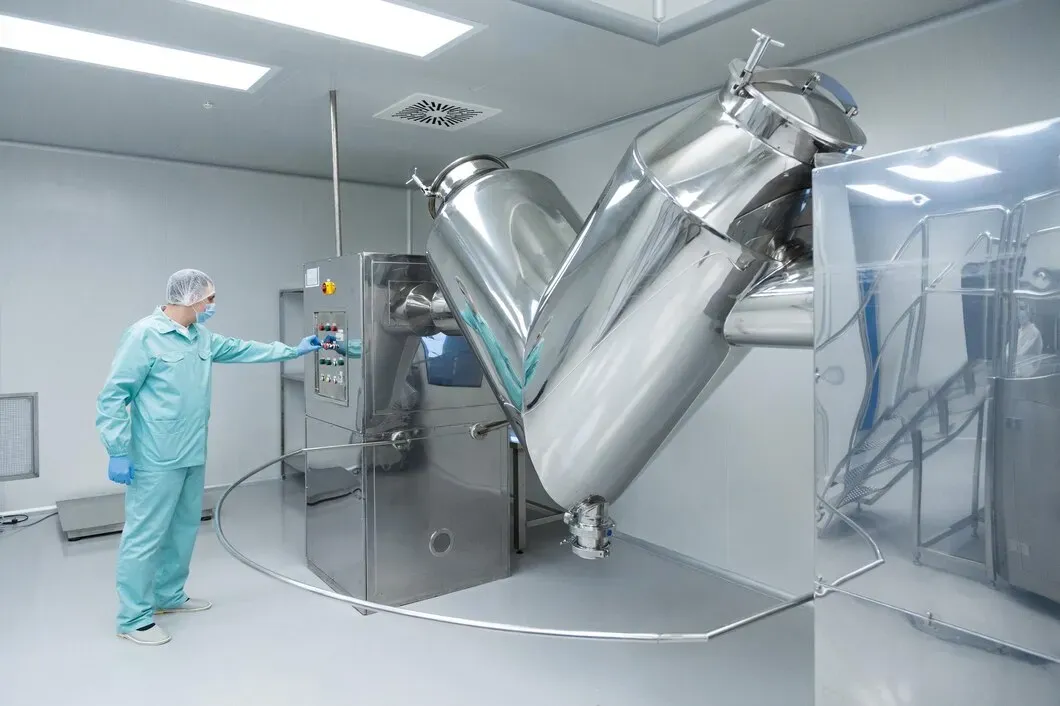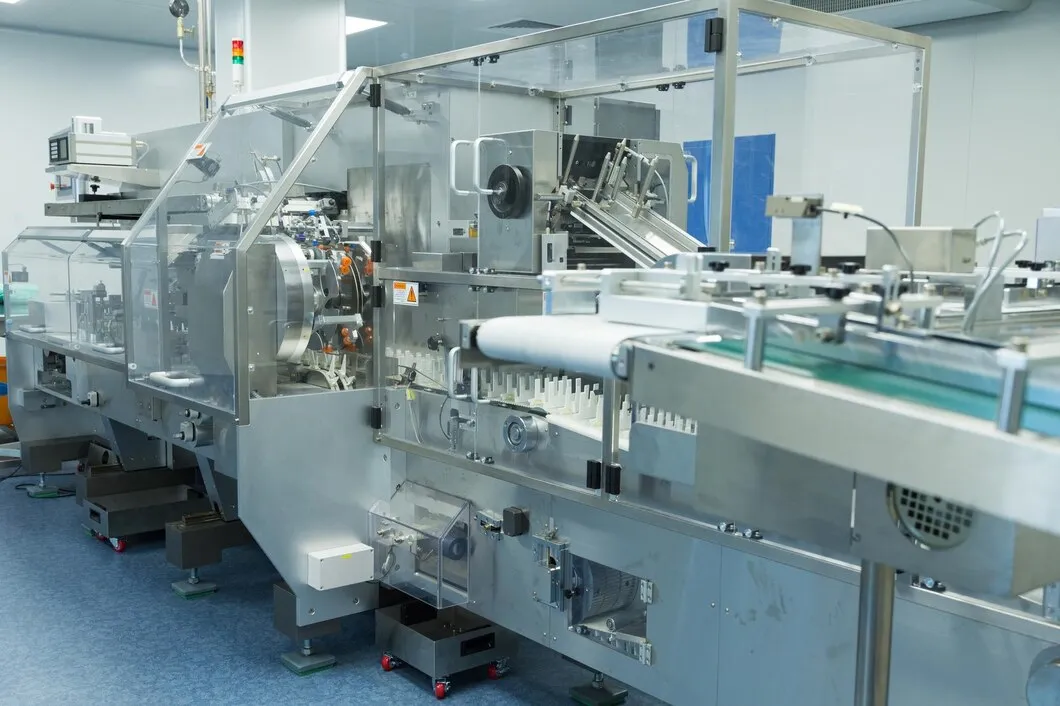The cost and time to bring a new drug to market keep rising. On average, it takes up to a decade and billions of dollars to develop a single treatment. To stay competitive, pharma companies are turning to artificial intelligence (AI) to work smarter, not slower.
In this article, we’ll examine how AI and pharma are collaborating to speed up research and development. We’ll cover real-world use cases, benefits, challenges, and what this means for الشركات المصنعة and partners in the supply chain.

Drug development has always been complex, but the gap between investment and output is widening. Pharma companies are facing lower returns on R&D, longer timelines, and increased pressure to deliver targeted therapies faster. According to Deloitte, average R&D returns in 2024 dropped to 1.2%, even as development costs exceeded $2.2 billion per drug.
AI offers a way to reverse that trend. It helps teams process data faster, reduce reliance on trial-and-error, and identify better drug candidates earlier in the pipeline. This is especially useful in early discovery and clinical trial design—two areas where delays are common and costly.
For companies navigating smaller margins and bigger risks, AI isn’t just a tool—it’s a way to rebuild efficiency and stay competitive in a rapidly evolving landscape.
AI is making tangible impacts across various stages of drug development:
Integrating AI into pharmaceutical R&D offers several advantages:
Despite its promise, AI adoption in pharma faces several hurdles:
The trajectory of AI in pharma is promising:
As AI accelerates drug discovery, manufacturers must be prepared for an influx of novel compounds requiring development. This necessitates adaptable production lines capable of handling diverse formulations and scalable operations to meet varying demands. Aligning with AI-savvy partners will be crucial to navigating this evolving landscape effectively.
The integration of AI in pharmaceutical R&D is changing how the industry discovers and develops new drugs. By speeding up early research, cutting costs, and improving trial success rates, AI and pharma are working together to solve long-standing bottlenecks.
But discovery is just the start. As more compounds move through the pipeline faster, manufacturers need systems that can keep up—flexible, scalable, and GMP-ready. That’s where Canaan comes in.
Canaan designs advanced pharmaceutical machinery that helps you scale with confidence—whether you’re producing capsules, tablets, or complex formulations. Ready your production line for the next wave of AI-driven innovation.اتصل بنا to learn how we can support your next phase of growth.




قبل وصول أي دواء إلى المريض، يبدأ في المختبر. هناك تُختبر التركيبات، وتُفحص الدفعات، وتُؤكَّد الجودة أو تُشكَّك فيها. ولإنجاز هذا العمل على أكمل وجه، تعتمد المختبرات على المعدات المناسبة - أدوات لا تُنجز العمل فحسب، بل تُؤدِّيه بدقة. إذا كنت مسؤولاً عن إدارة أو [...]

تُستخدم التغليفات البثورية في كل مكان في صناعة الأدوية، من الأقراص إلى الكبسولات إلى عبوات العينات. فهي تحمي المنتج، وتطيل مدة صلاحيته، وتعزز سلامة المرضى. أما بالنسبة للمصنّعين، فالأمر يتجاوز مجرد التغليف، بل هو نظام قائم على السرعة والدقة والامتثال. إذا كنت تعمل في مجال تصنيع الأدوية أو توريد التغليف، فإليك ما تحتاج لمعرفته حول التغليف البثوري [...]

إذا كنتَ تُقرر كيفية توصيل منتج دوائي أو مُكمّل غذائي، فإن الشكل الذي تختاره - جل سائل أو أقراص - سيؤثر على أكثر من مجرد شكله. فهو يؤثر على كيفية تصنيع المنتج، وسرعة امتصاصه، ونوع المعدات التي ستحتاجها، وكيفية تجربة المستخدم النهائي له. بعض المواد الفعالة تعمل بشكل أفضل في [...]